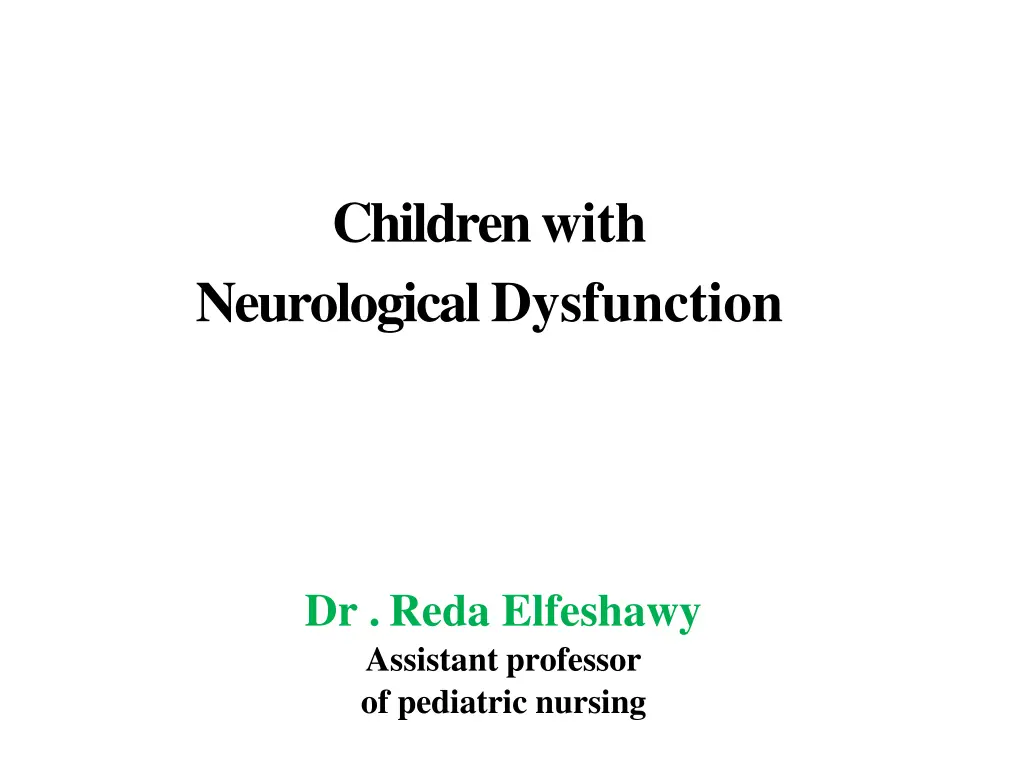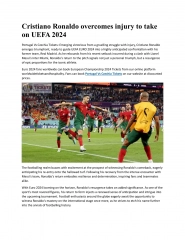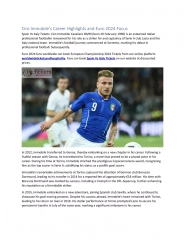
Understanding Meningitis in Children and Adolescents
Explore the causes, symptoms, and clinical manifestations of meningitis in children and adolescents. Learn about the role of the nervous system, causes of infection, and bacterial meningitis. Gain insights into the definition, etiology, and clinical manifestations of this inflammatory disease affecting the meninges.
Download Presentation

Please find below an Image/Link to download the presentation.
The content on the website is provided AS IS for your information and personal use only. It may not be sold, licensed, or shared on other websites without obtaining consent from the author. If you encounter any issues during the download, it is possible that the publisher has removed the file from their server.
You are allowed to download the files provided on this website for personal or commercial use, subject to the condition that they are used lawfully. All files are the property of their respective owners.
The content on the website is provided AS IS for your information and personal use only. It may not be sold, licensed, or shared on other websites without obtaining consent from the author.
E N D
Presentation Transcript
Children with Neurological Dysfunction Dr . Reda Elfeshawy Assistant professor of pediatric nursing
Introduction The nervous system plays a role in everything you do. The three main parts of your nervous system are brain, spinal cord and nerves. It helps you move, think and feel. It even regulates the things you do but don t think about like digestion. It contains the central nervous system and the peripheral nervous system.
The nervous system is subject to infection by the same organisms that affect other organs of the body. However, the nervous system is limited in the ways in which it responds to injury. Laboratory studies are needed to identify the causative agent. The inflammatory process can affect the meninges (meningitis) or brain (encephalitis).
Etiology Meningitis can be caused by a variety of organisms, but the three main types are (1)bacterial, or pyogenic, caused by pus-forming bacteria, especially meningococci and pneumococci organisms; (2) viral, or aseptic, caused by a wide variety of viral agents; and (3) tuberculous, caused by the tuberculin bacillus.
Definition Meningitis a disease characterized by inflammation of the meninges. The meninges are three layers of connective tissue that surround and protect the soft brain and spinal cord. Cerebrospinal fluid (CSF) passes between two of the layers of the meninges and, thus, slowly circulates over the entire perimeter of the central nervous system (CNS). CSF assists the brain by providing protection, nourishment, and waste removal.
BACTERIAL MENINGITIS Bacterial meningitis is an acute inflammation of the meninges and CSF.
Clinical Manifestations Children and Adolescents Usually abrupt onset Fever Chills Headache Vomiting Alterations in sensorium Seizures (often the initial sign) Irritability Agitation May develop the following: Photophobia Delirium Hallucinations Aggressive behavior Drowsiness Stupor Coma Positive Kernig and Brudzinski signs
Kernigs sign: Position the patients supine with their hips flexed to 90 . This test is positive if there is pain on passive extension of the knee. Brudzinski s sign: Position the patients supine and passively flex their neck. This test is positive if this manoeuvre causes reflex flexion of the hip and knee.
Infants and Young Children Classic picture (above) rarely seen in children between 3 months and 2 years of age Fever Poor feeding Vomiting Marked irritability Frequent seizures (often accompanied by a high-pitched cry) Bulging fontanel Brudzinski and Kernig signs not helpful in diagnosis
Neonates Specific Signs Child well at birth but within a few days begins to look and behave poorly Refuses feedings Poor sucking ability Vomiting or diarrhea Poor tone Lack of movement Weak cry Full, tense, and bulging fontanel may appear late in course of illness
Complication Extension of the inflammation to cranial nerves or compression and destruction of the nerves from ICP can produce permanent impairment of vision or hearing and other nerve palsies Other long-term complications include cerebral palsy, cognitive impairments, learning disorders, attention-deficit/hyperactivity disorder, and seizures. Meningitis in the neonatal period is more likely to cause lifelong impairments, including moderate to severe developmental delay, blindness, deafness, and epilepsy
Diagnostic Evaluation A lumbar puncture is the definitive diagnostic test. Sedation with fentanyl and midazolam can alleviate the child s pain and fear associated with this procedure. If there is evidence or suspicion of increased ICP, a CT scan of the head may be warranted before the procedure .
Therapeutic Management Acute bacterial meningitis is a medical emergency that requires early recognition and immediate therapy to prevent death and avoid residual disabilities. The initial therapeutic management includes the following: Isolation precautions Initiation of antimicrobial therapy Maintenance of hydration Maintenance of ventilation Reduction of increased ICP Management of systemic shock Control of seizures Control of temperature Treatment of complications
The child is usually moved to an intensive care unit for close observation. An IV infusion is started to facilitate administration of antimicrobial agents, fluids, antiepileptic drugs, and blood, if needed. The child is placed in respiratory isolation.
Nursing Care Management Nurses should take the necessary precautions to protect themselves and others from possible infection. Teach parents proper hand washing technique and remind them as needed. Keep the room as quiet as possible and environmental stimuli at a minimum as most children with meningitis are sensitive to noise, bright lights, and other external stimuli. Help the family limit the number and frequency of visitors until the child is and feels better. Avoid actions that cause pain or increase discomfort, such as lifting the child s head. Evaluating the child for pain and implementing appropriate relief measures are important ongoing interventions. Measures are used to ensure safety because the child is often restless, disoriented, and subject to seizures. Prevention of falls is essential.
NONBACTERIAL (ASEPTIC) MENINGITIS The term aseptic meningitis refers to the onset of meningeal symptoms, fever, and pleocytosis without bacterial growth from CSF cultures. Aseptic meningitis is caused by many different viruses, including arbovirus, enterovirus, herpes simplex virus, cytomegalovirus, and human immunodeficiency virus. Enterovirus is the most common cause of aseptic meningitis . The onset may be abrupt or gradual, and many of the presenting signs and symptoms are the same as bacterial meningitis, including headache, fever, photophobia, and nuchal rigidity.
Treatment is primarily symptomatic, such as acetaminophen for headache and muscle pain, maintenance of hydration, and positioning for comfort. Until a definitive diagnosis is made, antimicrobial agents may be administered and isolation enforced as a precaution against the possibility that the disease might be of bacterial origin. Nursing care is similar to the care of the child with bacterial meningitis. The course of aseptic meningitis is usually much shorter and typically without significant complications.






















